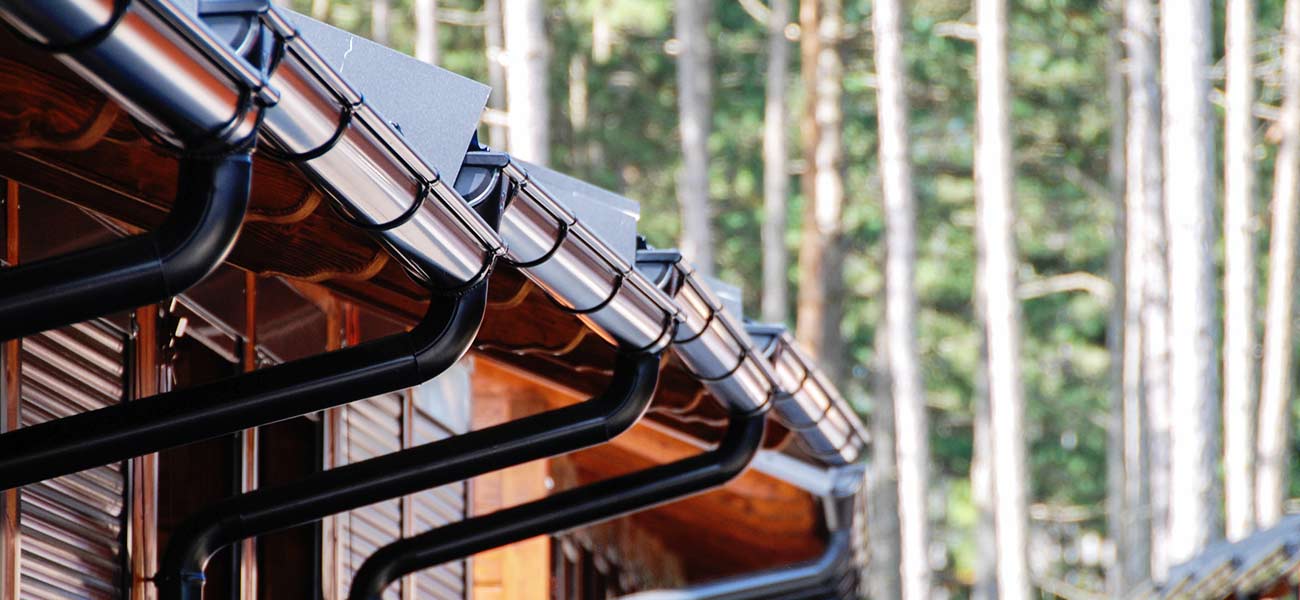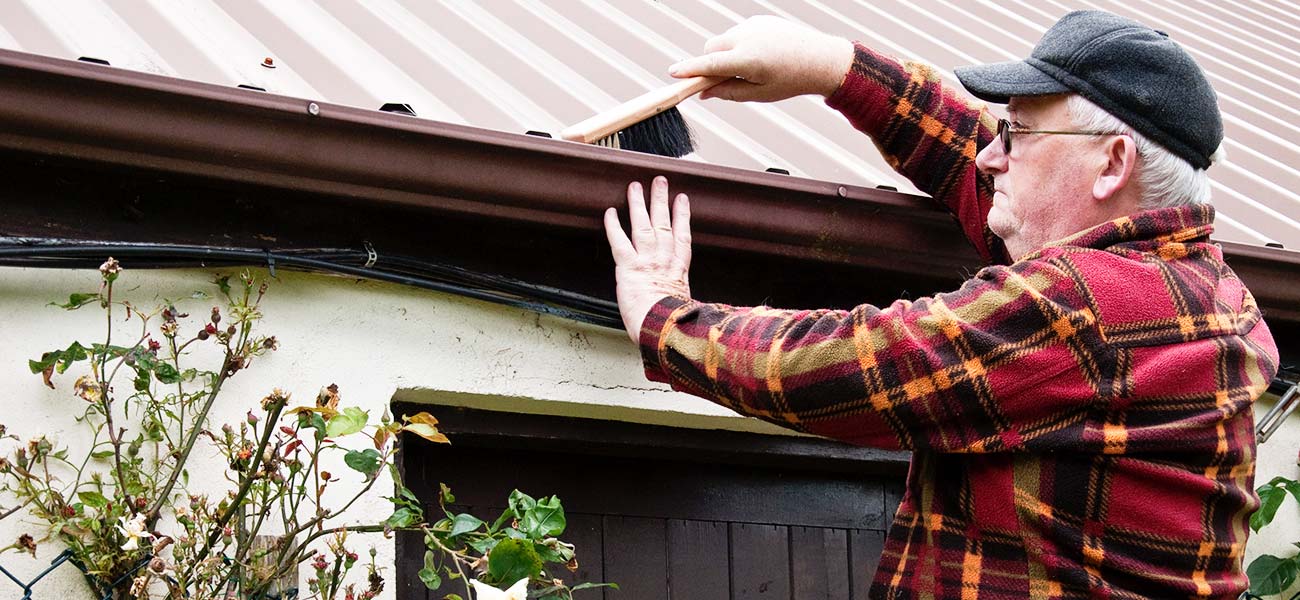
Protect your house from flooding
Over time, leaves, moss, debris, and even birds nests can make rainwater runoff difficult to drain away correctly. Keeping your gutters free from obstructions can help them flow more efficiently and keep your property free from dampness and flooding.
Five tips on what you can do to protect your home from flooding.
1. Clean your gutters
The most important step you can take to prevent floods is making sure your gutters are free of leaves, dirt, and sticks. Poor roof drainage is the number one cause of basement leaks.
A clogged gutter will cause massive problems by concentrating roof runoff water at your house’s corners close to the foundation. And this pooling of water will seep through your walls, causing flooding. Clogged gutters may even be responsible for cracks in your home’s foundation.
Make sure your gutters are tightly secured to your home. You may need to replace the spikes that attach to your gutter with gutter screws. To clean clogged gutters, you’ll need a ladder and a hose. To clear out debris, you can cut the bottom half of a gallon milk jug and use it as a scoop to remove leaves or sticks. Gutter guards generally cost $3 to $7 afoot.
2. Pay attention to downspouts
These are tubes connected to your gutters that extend from your house. Downspouts should be pointed away from your home and dump the water at least three to four feet from your home’s perimeter.
You can check your downspouts by putting a hose in your gutters and running the water for 10 or 15 minutes. Then, if you have access to the top of the downspouts, run the water directly into them. Make sure water runs through them freely and that they do not back up. The rule is you want one downspout for every 600 to 800 feet of roofing.
If you find that your downspouts are dumping too close to the foundation, you can add extensions to your downspout.
3. Watch your grading
Soil should slope away from your house. After the first four feet of your home’s perimeter, the ground should drop about six inches. If your grading needs improvement, use clean fill dirt, not topsoil, to build up a slope around your house. Topsoil is organic and will hold water against your home’s foundation.
4. Waterproof it
A simple way to keep rainwater out of your house is to waterproof your walls. You can apply special waterproofing coating to the interior or exterior walls in your basement. These waterproofing coatings can be water or oil-based.
The coating will penetrate several inches into concrete and close off chinks or minor cracks by forming crystals when water appears. Remember that waterproofing paint is most effective if you put it right on the cement and not on painted areas.
If You need help, please, feel free to call us, and we’ll set an appointment for you.




